Canada’s National Parks—RVers love them!
Nature at its best! Canada’s colorful history and creation have been greatly influenced by its geography and diverse landscape. To protect the natural beauty of its uninhabited places, wildlife habitats, and ecosystem, the Government of Canada formed the National Parks Systems Plan, which probably isn’t really understood by visitors and that’s OK.
What is important is that the protected regions in every part of the country are open to RVers to visit and enjoy.
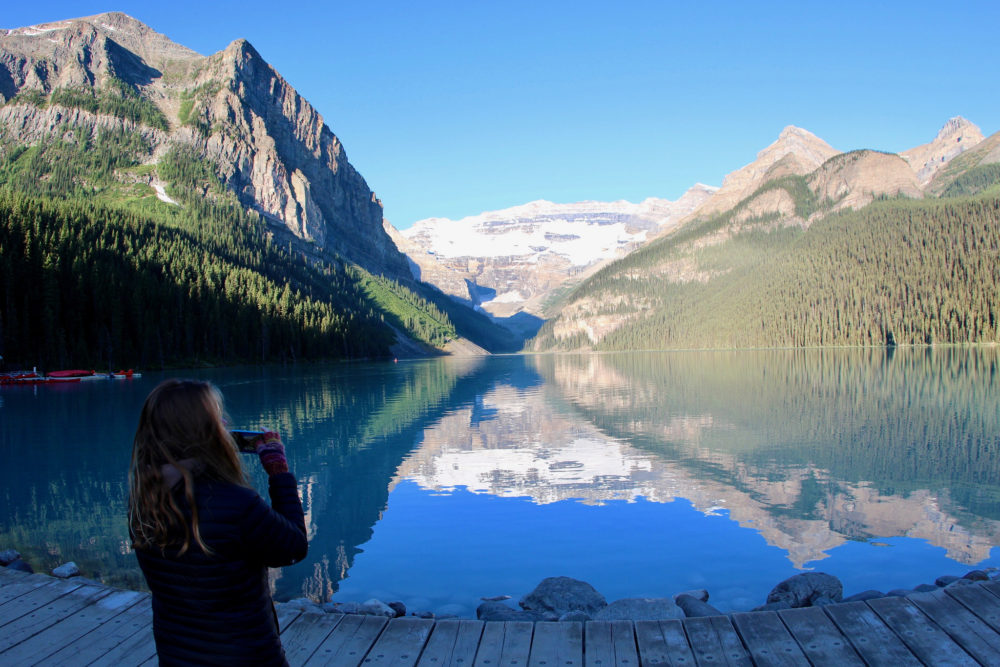
There are many words to describe Canada but the most common ones are beautiful, diverse, and vast, while its residents are most commonly referred to as friendly and welcoming.
With descriptions like that, why wouldn’t you want to visit a country I think of as majestic—starting from the Pacific Ocean to the west through the Canadian Rockies, the flatlands of the prairies to the lakes of Ontario, the diversity of Quebec, and through to the rugged Maritimes along the Atlantic Ocean. That doesn’t even include the Northern Territories with its own beauty that’s appreciated by everyone who visits.

Below is a small sampling of some of the more well-known National Parks. However, do some research on your own to discover some of the lesser known parks that are just as beautiful. With over 280,000 miles of protected land, there will always be something special to explore.
Banff National Park
Most people have heard of Banff National Park, which actually was the first National Park to be established and has some of the most magnificent mountain scenery in the world. It’s breathtaking and the perfect destination for RVers and campers who love nature and enjoy its bounty.
Throw a fishing line into one of the many rivers flowing through the valleys or paddle one of the many pristine lakes nearby. Take a stroll with your family along one of the many accessible trails, or for the more avid outdoors person, enjoy a hike through the rugged terrain of the Canadian Rockies.
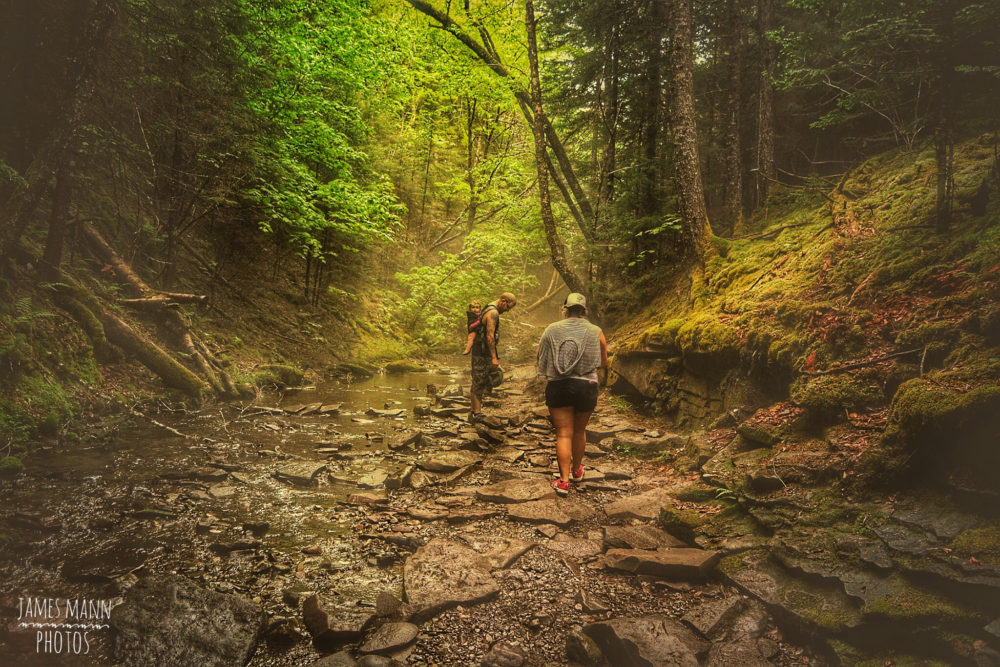
Kluane National Park and Reserve
If you have always wanted to experience the astonishing beauty of the Northern Lights, Canada’s largest ice fields, or a perpetual midnight sun, then you need to experience the High Arctic wilderness.
Since this is where the Klondike gold rush took place, you should visit some of the Klondike National Historic sites near Dawson City where you can explore frontier buildings and walk the boardwalks past the saloons and colorful can-can girls.
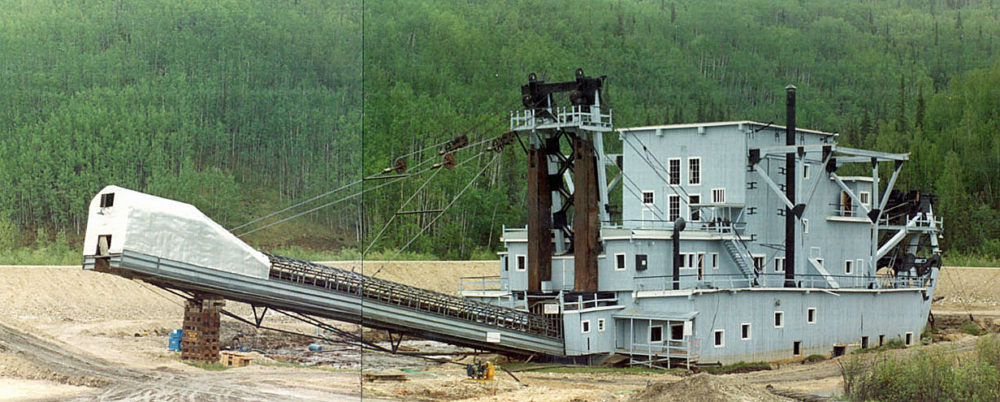
Mike Beauregard from Nunavut, Canada, CC BY 2.0, via Wikimedia Commons
Grasslands National Park
No, dinosaurs do not roam the earth anymore, but their fossils can be found here at the Grasslands National Park, along with their bones and ancient tipi rings from the original indigenous people. Wide open skies of the prairies will thrill you at night where you can stargaze without the interference of city lights.
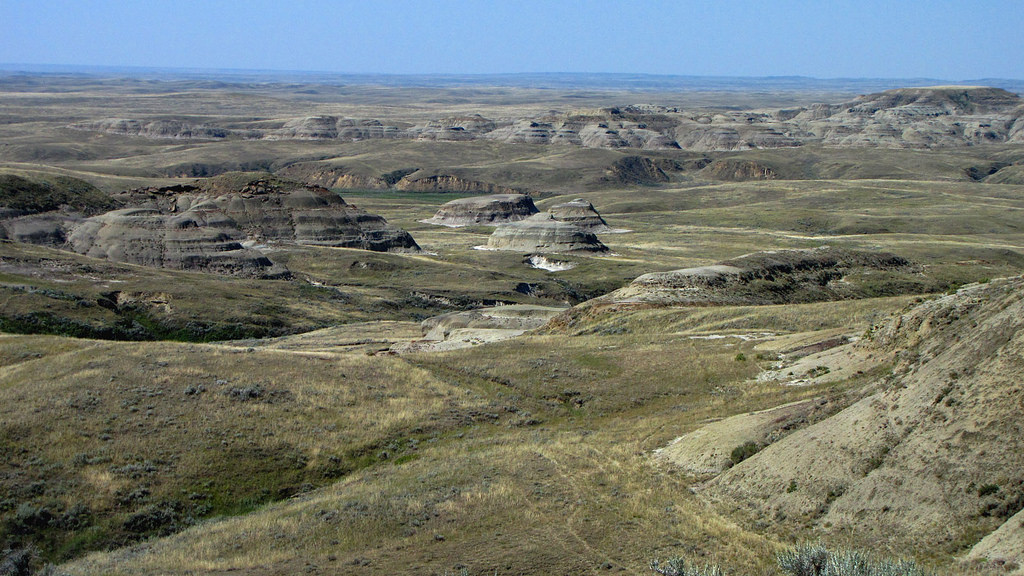
Cape Breton Highland National Park
This is where you will find fabulous sandy beaches, some outstanding campsites, and exceptional views of the Atlantic Ocean. As you follow the Cabot Trail, winding your way through the park, keep your eyes open—you may see a moose or even a whale in the waters below.
Park activities
There are unlimited possibilities for things to see and do in any of Canada’s National Parks. Take a scenic driving tour and keep on the lookout for wildlife and be amazed at the spectacular scenery that will surround you.
Once you are parked at one of the thousands of campsites, you and your family can enjoy horseback riding, hiking, canoeing, cycling, geocaching, or any of the hundreds of things to do.
For those who enjoy a more quiet time, take your dog for a walk along one of the trails, bring your camera and watch for the hundreds of different birds you may encounter. It won’t matter which National Park you visit, there’s unlimited potential to keep everyone as busy as they wish to be.
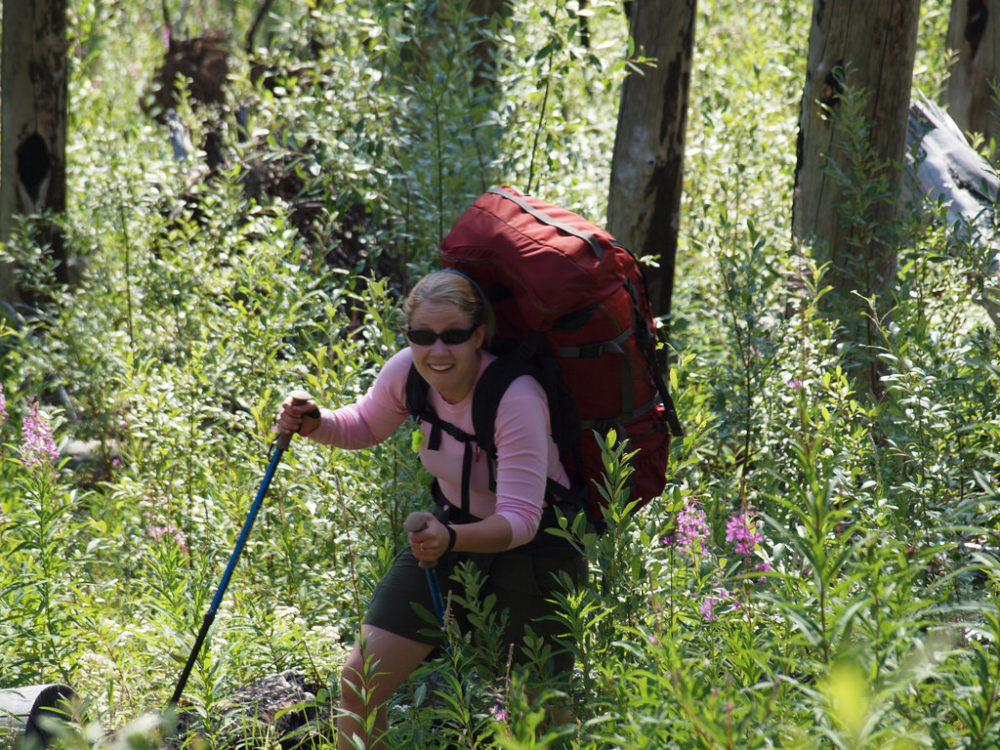
Camping in Canada’s National Parks
With millions of visitors visiting Canada’s National Parks each year, it’s important to make campground reservations ahead of time. It’s not impossible to get a campground site without one, but why take a chance?
National holidays are always busy and when children are out of school the campgrounds fill up quickly. The reservation system for 10,000 campsites is easy to use and available for 37 National Parks and historic sites right across the country.
There’s everything from full-service sites to more remote backcountry areas that aren’t always accessible by vehicles. It pays to plan ahead and not be disappointed.
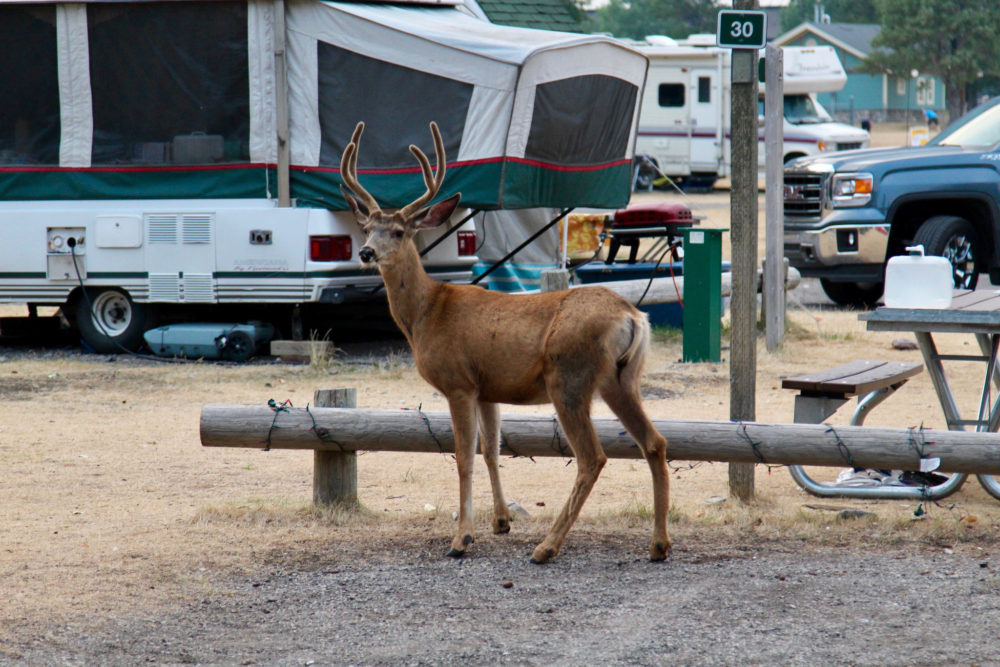
RVers love Canada’s National Parks because of their beauty and things to see and do. No matter your interest, whether it’s searching for wildlife, paddling down a wild river, photographing scenery, visiting world heritage or national historic sites, you will want to visit Canada’s National Parks. You won’t be disappointed.
To learn more about crossing the border between Canada and the United States, read this post.

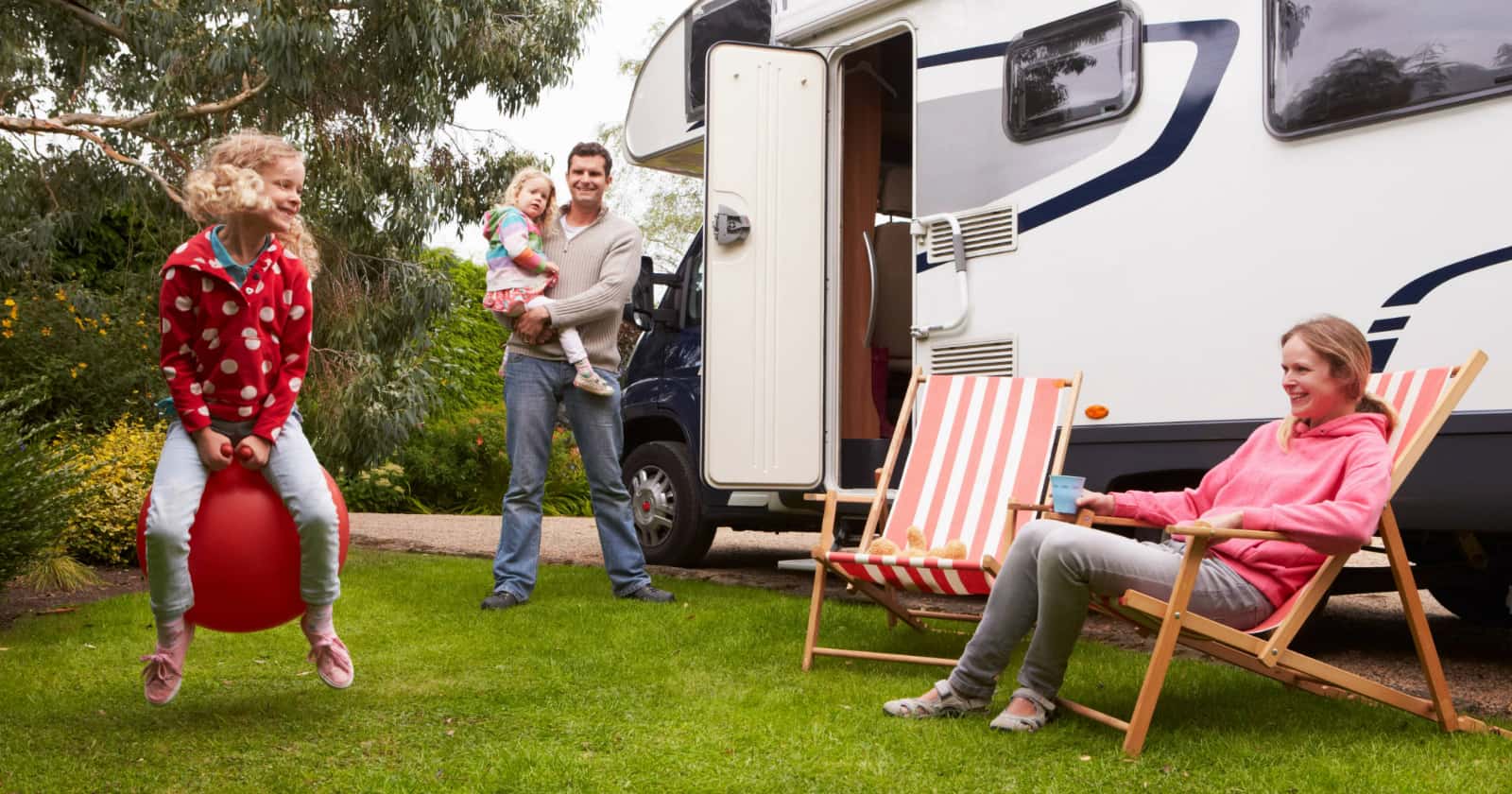
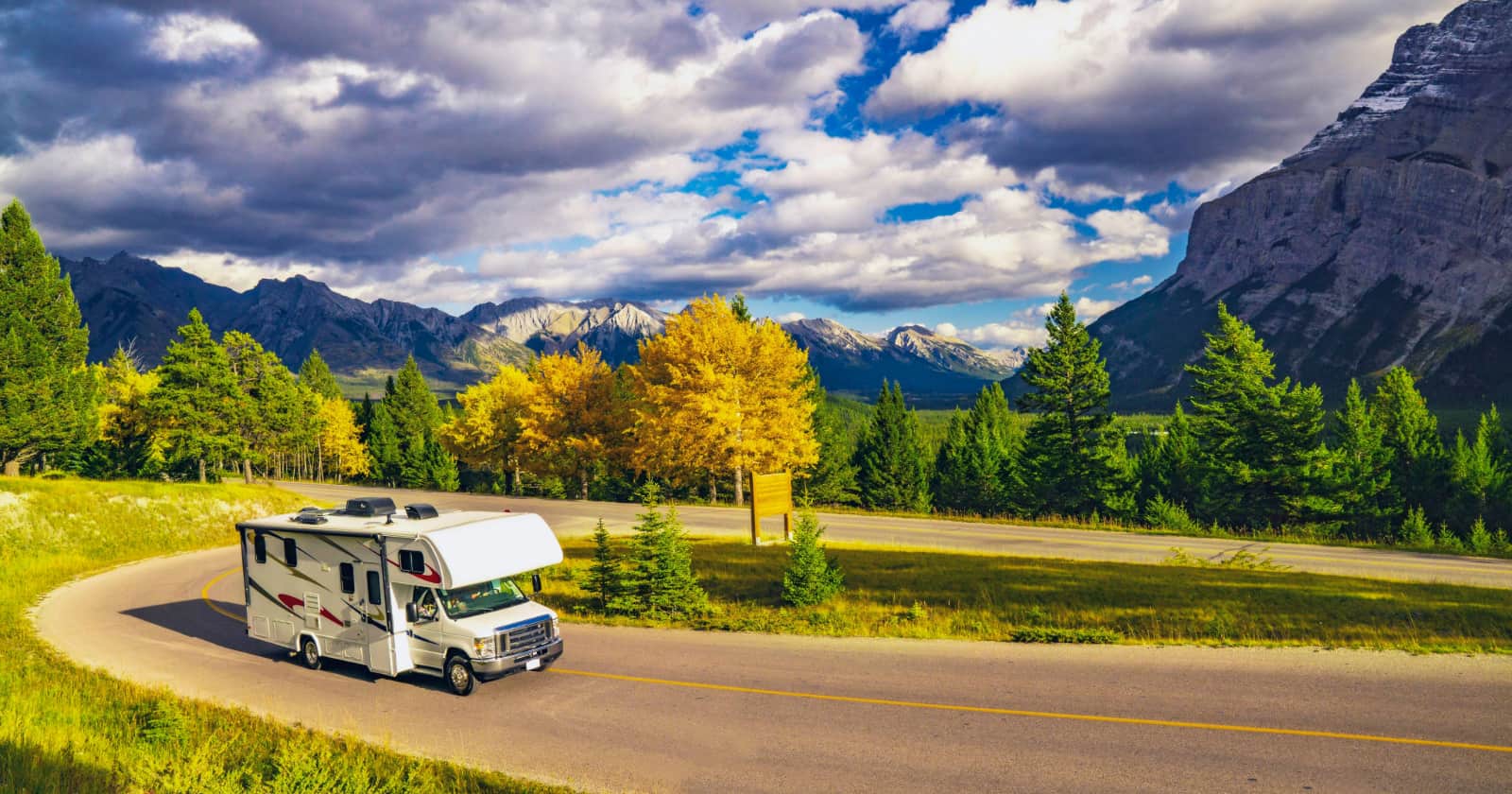

While enjoying Canada’s National Parks users must also remember to leave the park(s) in the same condition they found them. In this regard it would be a very positive step if when visiting the park(s) all users would adapt a “pay it forward” attitude and leave the park(s) cleaner and in better condition then when they found them. The “camper” of today is far different from the camper who used the National Parks 40 years ago when I first started using our parks. My concern is that with so many more people using the parks and the pressure this increased usage is having on the park environment and the wildlife living within the park, it has become more and more critical that today’s park users understand the role they must play to ensure the parks not only survive the current onslaught of users, but continue to be viable for the next generation of campers and beyond.